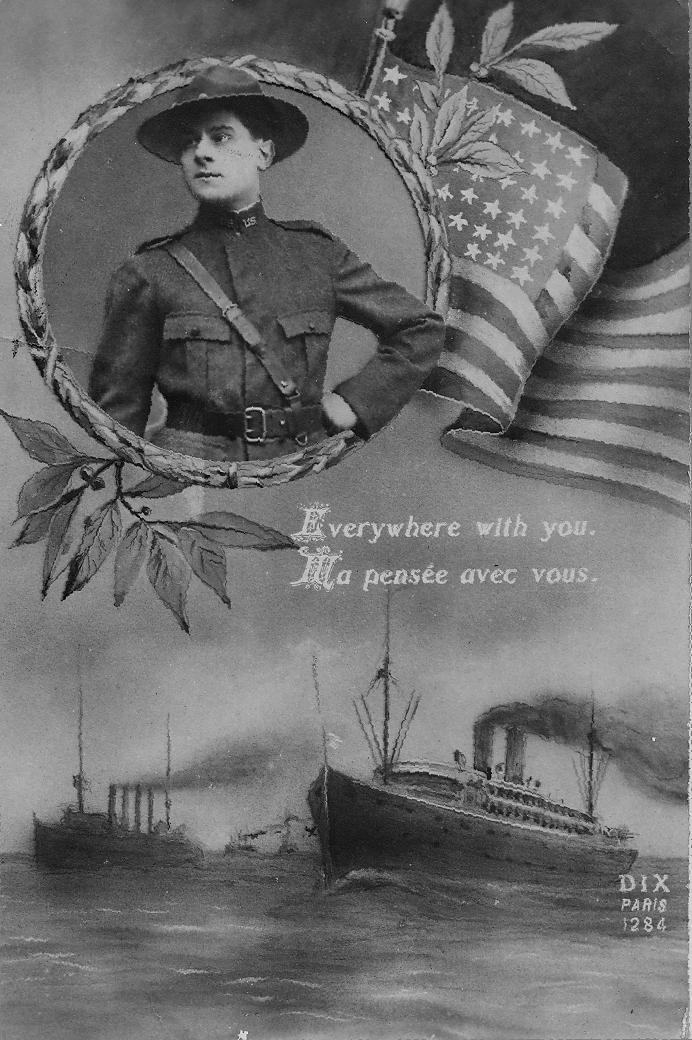

I was old enough in 1917 and 1918 to read the Commercial Appeal and the St. Louis Post Dispatch to Dad, telling about the war in Germany. We became very familiar with words like General Pershing, the Hindenberg Line, Argonne Forest and Bellevue Woods and the English Channel. We watched sadly as boy after boy left to go to Camp Pike for Army training. Once with my sister and brother-in-law, our family visited the Lonoke Air Base and Camp Pike to see the men in training. Of course we made the trip in a Model T.
The draft finally got my oldest brother and had him tagged for shipment to Camp Pike on November 11, 1919, when peace was declared. He was set free at the Kensett railway station and came home amidst all the hullabaloo celebration of victory over Germany’s Kaiser Wilhelm. There were no radios or other means of communication other than newspapers, town telephones and telegraphs.
The war brought its share of doomsday prophets who swore we were fast approaching the end of time. Consequently, many people started reading the Bible for the first time and especially the book of Revelation. I read the entire book of Revelation to Dad a number of times. We tried to picture the Kaiser with seven horns on his head and Berlin as the sinful city sitting on seven hills that just had to be destroyed. We actually knew less about the Book than a hog does Sunday, but it gave us something to do on long wintry nights in front of the big fireplace.
After the war ended, we soon forgot it, Bible reading and all, except for being reminded of the many neighbor boys who came home in pine boxes. Influenza leveled a lot of boys, since medical facilities were poor as well as food and shelter. Most of the deceased left ten thousand dollars of insurance and it was always interesting to see how their families squandered it. Those boys who came home sick or crippled got modest pensions of maybe $50 or so per month and made themselves the envy of everybody, including the draft dodgers, who stayed at home.
World War I, like most wars, changed things considerably. We had a form of inflation. Model T cars that sold for new for around $500, sold used during the war for $1,000 to $1,500. Farms and other properties sold similarly high. Many new and strange cars hit the market during the early ‘20s. Among them, in addition to the Ford, Chevrolet and Overland, were the Chalmer, Climer, Ajax, Stutz Bearcat, Apperson Jack Rabbit, Durant, Star, Marmon, Franklin, Cord, Willys, Oakland, Essex, Hudson, Moon and many others.
The depression days gave a new impetus to the old-timers, who hoped and prayed they could outlive their enemies. The idea was that if you could not outwit, outperform, out progress your enemies, your best bet was outlive him and have the pleasure of attending his funeral. Not everybody could do this, of course, but the few who did seemed to enjoy it very much.
The above is an excerpt from “A Humorous History of White County,” available for $10 postage paid by writing White County Historical Society, P.O. Box 537, Searcy, AR 72145.